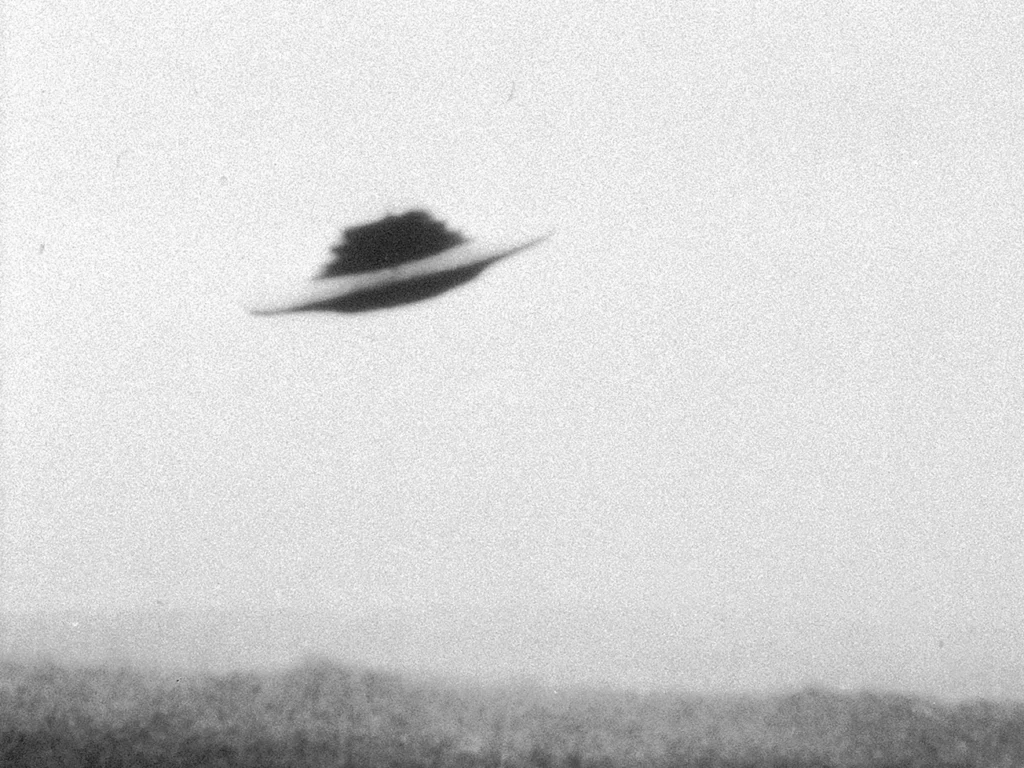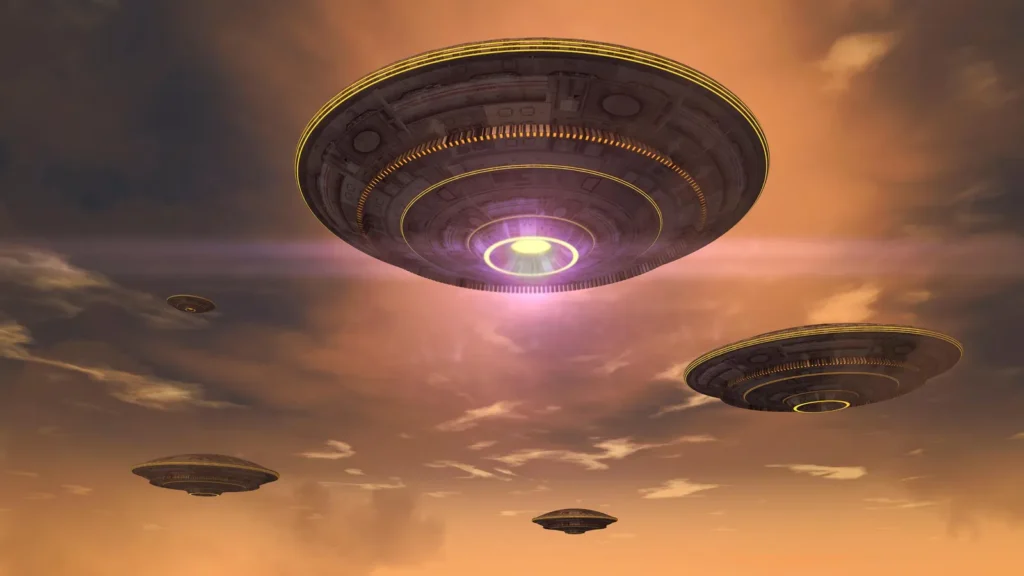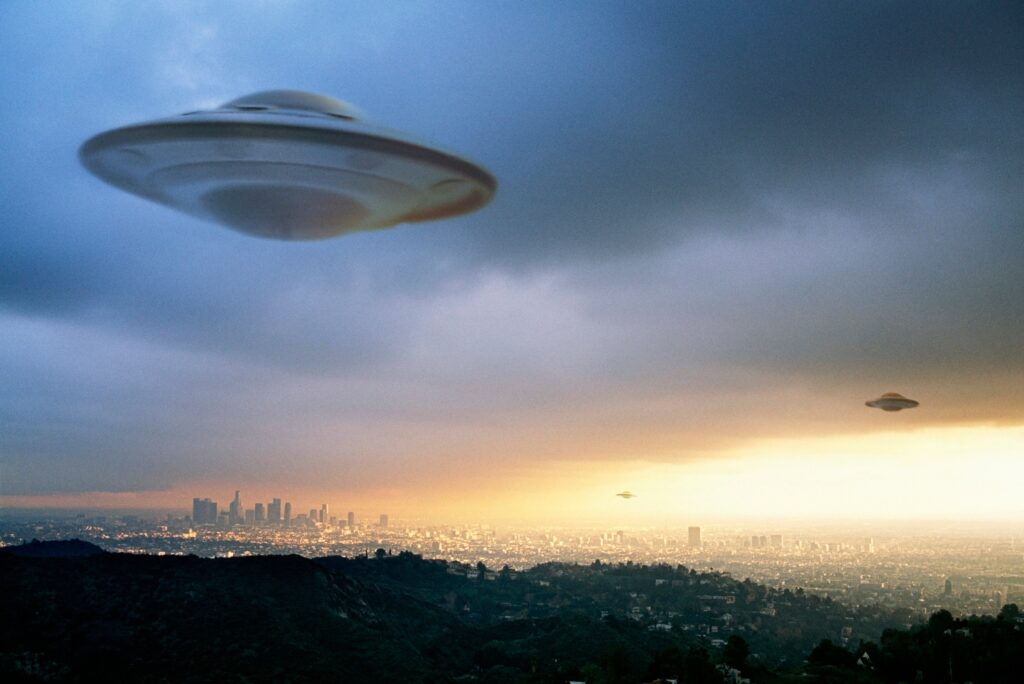Table of Contents
- Introduction: The Allure of UFOs
- What Are UFOs? A Brief Overview
- Historical Sightings: UFOs Through the Ages
- Scientific Perspectives on UFOs
- Modern-Day UFO Investigations
- Famous UFO Cases That Captivated the World
- The Government’s Role: What Do They Know?
- Technology and UFO Tracking: The Role of Advanced Tools
- Cultural Impact of UFOs: Pop Culture and Beyond
- FAQs About UFOs
- Conclusion: Looking to the Skies for Answers

Introduction: The Allure of UFOs
Have you ever looked up at the night sky and wondered if we are truly alone in the universe? The phenomenon of unidentified flying objects (UFOs) has captivated human imagination for centuries, evoking curiosity, fear, and endless speculation. From mysterious lights to inexplicable aircraft sightings, UFOs have become a cultural phenomenon, sparking debates that bridge science, philosophy, and popular culture.
This blog unravels the mystery surrounding UFOs, diving deep into their history, scientific explanations, and cultural impact. Whether you’re a skeptic or a believer, we aim to provide a comprehensive and engaging exploration of this fascinating topic. By the end of this journey, you’ll have a well-rounded understanding of UFOs and the ongoing efforts to unravel their mysteries.
What Are UFOs? A Brief Overview
The term UFO, short for Unidentified Flying Object, refers to any aerial phenomenon that cannot be immediately identified. Contrary to popular belief, UFOs are not synonymous with extraterrestrial spacecraft. They encompass a wide range of unexplained aerial events, some of which may have mundane explanations.
Characteristics of UFOs:
- Unusual Flight Patterns: UFOs are often reported to move in ways that defy the laws of physics or conventional aviation.
- Lack of Identifiable Features: Most UFOs lack markings, lights, or shapes associated with known aircraft.
- Sudden Appearances and Disappearances: Many sightings describe objects that vanish as quickly as they appear.
While many UFO sightings can be attributed to natural phenomena or human-made objects, a fraction remains unexplained, fueling theories about alien life and advanced technologies.
Historical Sightings: UFOs Through the Ages
UFOs are not a modern invention. Throughout history, people have documented strange occurrences in the skies, often attributing them to divine interventions or supernatural events.
Ancient Civilizations:
- Egypt: Hieroglyphs depict disc-shaped objects, leading some to speculate about ancient alien encounters.
- Rome: Historians like Livy and Pliny the Elder described “phantom ships” in the sky, sparking curiosity about unexplained aerial events.
The Middle Ages:
- Reports of glowing orbs and “flying shields” were often interpreted as omens or divine signs. These accounts were documented in religious texts and folklore, adding a mystical layer to the phenomenon.
The Modern Era:
- 1897: The Mystery Airship Sightings: Reports of cigar-shaped objects were widely circulated in newspapers across the United States.
- 1947: The Roswell Incident: A reported crash in Roswell, New Mexico, ignited widespread UFO speculation and introduced the term “flying saucer.”
- 1950s and Beyond: The advent of the Cold War saw a surge in UFO sightings, often linked to experimental military aircraft and the global fascination with space exploration.
These historical accounts show that humanity’s fascination with UFOs spans centuries, reflecting our enduring curiosity about the unknown.
Scientific Perspectives on UFOs
The scientific community approaches UFOs with skepticism but acknowledges their potential for discovery. Here are the key perspectives:
Natural Explanations:
- Astronomical Phenomena: Bright celestial objects like Venus or meteors are often mistaken for UFOs.
- Weather Phenomena: Ball lightning, cloud formations, and atmospheric conditions can create illusions of flying objects.
Human-Made Explanations:
- Aircraft and Drones: Many UFO sightings are later identified as advanced military aircraft or civilian drones.
- Satellites and Space Debris: Objects re-entering Earth’s atmosphere can create spectacular visuals that are easily misinterpreted.
Unexplained Cases:
Despite rigorous analysis, around 5% of sightings remain unexplained, leaving room for speculation about extraterrestrial life or unknown natural phenomena. These cases intrigue scientists and UFO enthusiasts alike, keeping the search for answers alive.

Modern-Day UFO Investigations
The 21st century has seen a more structured approach to UFO investigations. Governments, scientists, and civilian organizations have all contributed to understanding this phenomenon.
Government Involvement:
- The Pentagon’s UAP Task Force: Established to study Unidentified Aerial Phenomena (UAPs), the military’s term for UFOs.
- Declassified Documents: Recent releases from the U.S. government include videos of UAPs exhibiting advanced flight capabilities, sparking global interest.
Civilian Research:
Organizations like MUFON (Mutual UFO Network) collect and analyze UFO reports from around the world, providing a database for enthusiasts and researchers alike. These groups often collaborate with scientists to enhance the credibility of their findings.
Technological Advances:
- High-Resolution Satellites: Improved imaging allows for better identification of aerial objects, reducing false reports.
- AI and Machine Learning: Algorithms analyze patterns in sightings to differentiate between explainable and unexplainable events, streamlining the investigation process.
Famous UFO Cases That Captivated the World
The Roswell Incident (1947):
A reported crash near Roswell, New Mexico, remains the most famous UFO case. While the U.S. government initially claimed it was a weather balloon, theories of an alien spacecraft persist.
The Phoenix Lights (1997):
Thousands witnessed mysterious lights over Phoenix, Arizona, leading to widespread media coverage and debate. The formation’s exact cause remains a topic of discussion.
The Tic Tac Incident (2004):
U.S. Navy pilots recorded a fast-moving, tic-tac-shaped object exhibiting advanced maneuvers, leaving experts baffled and sparking renewed interest in UFO research.
| Case | Year | Location | Key Features |
|---|---|---|---|
| Roswell Incident | 1947 | Roswell, New Mexico | Alleged crash of a UFO |
| Phoenix Lights | 1997 | Phoenix, Arizona | Formation of unexplained lights |
| Tic Tac Incident | 2004 | Pacific Ocean | High-speed, maneuverable UFO |
The Government’s Role: What Do They Know?
Governments worldwide have historically maintained secrecy regarding UFOs. However, recent declassifications suggest increasing transparency.
U.S. Government Initiatives:
- Project Blue Book: A 1950s U.S. Air Force program investigating UFOs, concluding that most cases were explainable.
- 2020 Pentagon Report: Highlighted unexplained UAP sightings, sparking renewed interest in UFO research.
Global Perspectives:
Countries like France, Canada, and Brazil have their own UFO investigation programs, contributing to the global body of knowledge.
Conspiracy Theories:
Secrecy surrounding UFO investigations has led to numerous conspiracy theories, including claims of alien cover-ups and secret technologies.
Technology and UFO Tracking: The Role of Advanced Tools
Modern technology plays a crucial role in demystifying UFO sightings.
Key Tools and Techniques:
- Radar Systems: Detect and track unidentified objects, providing crucial data for analysis.
- Infrared Cameras: Capture heat signatures of fast-moving aerial phenomena, offering new insights.
- Crowdsourced Apps: Platforms like UFO Seekers allow individuals to report sightings in real-time, creating a global database for analysis.

Cultural Impact of UFOs: Pop Culture and Beyond
UFOs have had a profound impact on popular culture, influencing movies, books, and television.
Movies and TV Shows:
- E.T. the Extra-Terrestrial: A heartwarming tale of alien contact.
- The X-Files: A cult classic exploring government conspiracies and alien encounters.
Literature:
Authors like Erich von Däniken have explored the idea of ancient astronauts, suggesting that aliens visited Earth in the distant past.
FAQs About UFOs
What is the difference between a UFO and a UAP?
While UFO stands for Unidentified Flying Object, UAP (Unidentified Aerial Phenomena) is the term preferred by governments for its broader scope.
Are UFOs evidence of extraterrestrial life?
Not necessarily. While some cases remain unexplained, most UFOs have natural or human-made explanations.
How can I report a UFO sighting?
Organizations like MUFON and national space agencies provide platforms for reporting sightings.
Conclusion: Looking to the Skies for Answers
The study of UFOs is as much about humanity’s quest for knowledge as it is about the unknown. Whether UFOs are advanced technology, natural phenomena, or evidence of extraterrestrial life, they challenge us to expand our understanding of the universe.
So next time you glance at the stars, remember: the truth might just be out there.